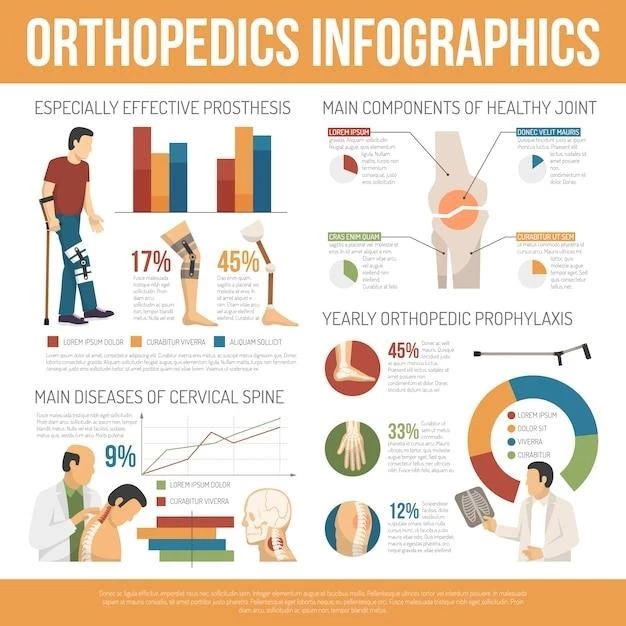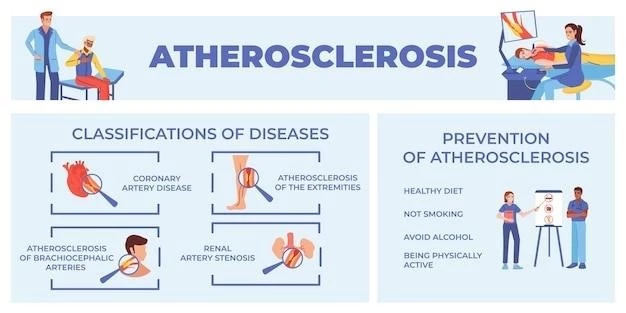Seckel Syndrome 2‚ also known as Microcephalic Primordial Dwarfism 2‚ is a rare autosomal recessive disorder characterized by growth retardation‚ microcephaly‚ and distinctive facial features.
Seckel Syndrome 2‚ also known as MICROCEPHALIC PRIMORDIAL DWARFISM 2 or SECKEL-TYPE DWARFISM 2‚ is a rare autosomal recessive disorder characterized by growth retardation‚ microcephaly with mental retardation‚ and a unique facial appearance.
Genetic Basis of Seckel Syndrome 2
Seckel Syndrome 2 is linked to gene map locations⁚ Seckel syndrome 1 on chromosome 3 (3q22-q24)‚ Seckel syndrome 2 on chromosome 18 (18p11.31-q11)‚ and Seckel syndrome 3 on chromosome 14 (14q21-q22).
Chromosomal Locations and Specific Genes
Seckel Syndrome 2 has specific gene map locations‚ including Seckel syndrome 1 on chromosome 3 (3q22-q24)‚ Seckel syndrome 2 on chromosome 18 (18p11.31-q11)‚ and Seckel syndrome 3 on chromosome 14 (14q21-q22). Different genes‚ such as ATR‚ RBBP8‚ CENPJ‚ CEP152‚ CEP63‚ ATRIP‚ and NSMCE2‚ have been linked to different types of Seckel syndrome. Gene mutations on these chromosomes lead to the characteristic features of microcephalic primordial dwarfism 2.
Clinical Presentation of Seckel Syndrome 2
Seckel Syndrome 2 presents with growth retardation‚ microcephaly‚ intellectual disability‚ and a distinct facial appearance including large eyes and beak-like nose.
Definition and Synonyms
Seckel Syndrome 2‚ also known as MICROCEPHALIC PRIMORDIAL DWARFISM 2 or SECKEL-TYPE DWARFISM 2‚ is a rare autosomal recessive disorder characterized by growth retardation‚ microcephaly with mental retardation‚ and a distinctive facial appearance.

Genetic Heterogeneity in Seckel Syndrome
Seckel Syndrome demonstrates genetic heterogeneity with specific gene locations mapped on chromosome 3‚ 18‚ and 14‚ with each type associated with different contributing genes.
Multiple Loci and Associated Genes
The genetic heterogeneity in Seckel Syndrome 2 involves several genes mapped to different chromosomal locations. Mutations in specific genes such as ATR‚ RBBP8‚ CENPJ‚ CEP152‚ CEP63‚ ATRIP‚ and NSMCE2 have been associated with different types of Seckel Syndrome‚ each contributing to the distinct characteristics of the syndrome.
Diagnosis and Differential Considerations
Diagnosing Seckel Syndrome 2 involves clinical evaluation for growth retardation‚ microcephaly‚ intellectual disability‚ and distinct facial characteristics‚ with differential considerations with similar syndromes such as Meckel syndrome.
Differential Diagnosis with Related Syndromes
When diagnosing Seckel Syndrome 2‚ it is essential to differentiate it from related syndromes such as Meckel syndrome due to overlapping features like microcephaly‚ growth retardation‚ and distinct facial characteristics.
Epidemiology and Incidence of Seckel Syndrome 2
Seckel Syndrome 2 is a rare autosomal recessive disorder with an estimated incidence of 1 in 10‚000 individuals‚ showing no gender predilection in its occurrence.
Prevalence and Gender Distribution
Seckel Syndrome 2 is a rare autosomal recessive disorder with an estimated incidence of 1 in 10‚000 individuals‚ showing no gender predilection in its occurrence.
Management and Treatment Strategies
Management of Seckel Syndrome 2 involves a multidisciplinary approach focusing on addressing growth retardation‚ intellectual disability‚ and associated medical conditions to optimize patient outcomes.
Multidisciplinary Approach to Care
Management of Seckel Syndrome 2 necessitates a multidisciplinary approach involving professionals from various disciplines to provide comprehensive care tailored to the individual’s specific needs and challenges.
Prognosis and Long-Term Outcomes
Individuals with Seckel Syndrome 2 may experience challenges in growth and development due to associated deficits‚ requiring lifelong monitoring and support to optimize outcomes.
Impact on Growth and Development
Seckel Syndrome 2 has a significant impact on growth and development‚ resulting in short stature‚ microcephaly‚ and intellectual disabilities that can persist throughout life‚ necessitating specialized care and support.

Research and Advancements in Seckel Syndrome 2
Current studies focus on genetic testing and the exploration of potential gene mutations associated with Seckel Syndrome 2 to enhance diagnosis and treatment approaches.
Current Studies and Genetic Testing
Ongoing research in Seckel Syndrome 2 focuses on genetic testing to identify mutations in genes such as ATR‚ RBBP8‚ CENPJ‚ CEP152‚ CEP63‚ ATRIP‚ and NSMCE2 for enhanced diagnostic accuracy and personalized treatment strategies.
Case Studies and Clinical Resources
Clinical resources provide insights into Seckel Syndrome 2 with details on RBBP8‚ available genetic tests‚ and clinical features to aid diagnosis and management. Case studies highlight varying presentations.
Insights from Reported Cases
Reported cases of Seckel Syndrome 2 provide valuable insights into the clinical features‚ genetic mutations‚ and challenges faced by individuals affected by the disorder. Understanding these cases aids in the diagnosis‚ management‚ and ongoing research efforts focused on Seckel Syndrome 2.
Associations with Other Genetic Disorders
Seckel Syndrome 2 may overlap with Meckel Syndrome in certain features‚ such as intellectual disability‚ microcephaly‚ and growth impairment‚ requiring careful differentiation during diagnosis.
Overlapping Features with Meckel Syndrome
Seckel Syndrome 2 shares similarities with Meckel Syndrome‚ including characteristics like microcephaly‚ growth impairment‚ and intellectual disability‚ highlighting the importance of accurate differentiation between the two conditions.
Conclusion and Future Directions
Understanding the genetic basis and clinical presentations of Seckel Syndrome 2 is crucial for accurate diagnosis and individualized care. Further research into genetic testing and personalized treatment strategies can enhance outcomes for individuals with this rare autosomal recessive disorder.
Summary of Key Findings and Areas for Further Investigation
Key findings in Seckel Syndrome 2 research focus on genetic mutations in genes like ATR‚ RBBP8‚ CENPJ‚ CEP152‚ CEP63‚ ATRIP‚ and NSMCE2. Further investigations aim to enhance diagnostic tools and personalized treatments for improved patient outcomes.
